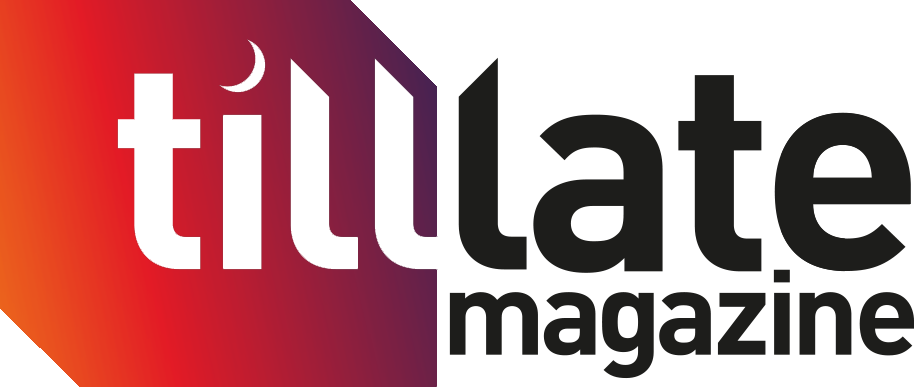What Social Media Means for Journalists
When you're working as a journalist today, you can't ignore how much social media impacts every part of your job. It’s now essential for breaking news, connecting with your audience, and shaping your reputation in real time. But with every opportunity, there’s a challenge—misinformation spreads quickly and competition is fierce. If you want to thrive in this new landscape, you'll have to rethink your approach and consider what strategies will keep you ahead.
The Evolution of Social Media in Newsrooms
As social media's role in disseminating news has expanded, newsrooms have adapted their methods for news gathering and distribution. Many news organizations now utilize social media platforms alongside traditional media outlets and news websites, reflecting shifts in audience consumption behaviors.
Journalists increasingly prioritize digital journalism, enabling them to identify trending topics and deliver news coverage in real time. The implementation of a digital-first strategy allows newsrooms to distribute multimedia content across various platforms simultaneously, which is particularly effective for engaging younger audiences on platforms such as Instagram and TikTok.
While the emphasis on speed in reporting is essential, it necessitates a commitment to rigorous verification and fact-checking practices to maintain credibility. Each social media platform, from LinkedIn to Facebook, offers unique functionalities that affect content delivery methods and overall workflow in newsrooms.
The integration of social media into news reporting processes illustrates the ongoing evolution of journalism in the digital age, requiring continuous adaptation to both technological advancements and audience preferences.
Opportunities and Challenges for Journalists Online
Nearly every journalist now utilizes social media, which significantly alters the methods of news reporting, verification, and dissemination to audiences. This shift presents new opportunities, such as the ability to provide real-time updates, cover breaking news, and engage directly with audiences on platforms like LinkedIn, Facebook, and Instagram.
The rapid publishing and promotion of content allows for timely access to information.
However, there are also notable challenges associated with this shift. Misinformation can spread quickly across social media, posing risks to journalistic integrity and eroding public trust.
Additionally, journalists face increased competition from influencers, which can complicate audience engagement and impact revenue streams.
As journalists navigate these changes, it's imperative to maintain a balance between speed and accuracy, ensuring that social media serves as a supportive tool for credible journalism rather than contributing to misinformation.
Navigating Platform-Specific Strategies
Each social media platform presents distinct advantages for journalists, and adjusting your strategy to align with these characteristics is essential for achieving effective communication.
LinkedIn serves as a professional networking site, enabling connections among journalists and news organizations, with a focus on career advancement and industry insights.
Facebook is well-suited for multimedia engagement, allowing journalists to share diverse content types and reach various audience segments.
On Instagram, the emphasis on visual storytelling can enhance coverage of events through impactful images and short videos.
X (formerly Twitter) caters to real-time news dissemination, enabling journalists to share updates and gauge audience feedback promptly.
Additionally, emerging platforms such as Threads and Bluesky offer new opportunities for engagement and communication, emphasizing the importance of continuously refining platform-specific strategies to leverage these developments effectively.
The New Dynamics Between Journalists and PR Professionals
The media landscape has undergone significant transformations, with social media now playing a crucial role in the relationship between journalists and PR professionals. Understanding how journalists utilize social platforms for sourcing information, networking, and content promotion is vital for effective collaboration.
According to statistics, approximately 96% of journalists maintain an active presence on social media, with platforms such as LinkedIn, Facebook, and Instagram being particularly important for professional networking.
In this context, PR professionals must navigate a competitive environment that includes an increasing number of influencers and the prevalent issue of misinformation.
It's essential for PR practitioners to provide pertinent and reliable information to maintain credibility. Consequently, building trust, amplifying diverse voices, and addressing ongoing challenges are fundamental components of fostering effective relationships between journalists and PR professionals in today’s dynamic media environment.
Combating Misinformation and Maintaining Standards
As misinformation continues to proliferate on social media platforms, journalists are tasked with the critical responsibility of maintaining high standards of accuracy and integrity in their reporting.
Combating misinformation involves a thorough verification process that scrutinizes the authenticity of sources, images, and videos. This verification requires significant time and attention to detail.
The challenge is further compounded by the immediate pressures of breaking news, where the desire to be first can lead to compromising accuracy.
Journalists must navigate this landscape carefully, prioritizing their credibility and the principles of journalistic integrity.
Although it can be challenging to maintain these standards consistently, emphasizing accuracy and verification is essential to earn and keep the trust of the audience.
As the media landscape evolves, the necessity for robust fact-checking and responsible reporting remains paramount.
Essential Social Media Skills for Modern Journalists
High standards of accuracy in journalism require a solid understanding of the current social media landscape, which includes proficiency across platforms such as LinkedIn, Facebook, and Instagram.
These platforms serve as key tools for networking, content promotion, and audience engagement. Effective crowd-sourcing techniques can be employed to gather authentic insights, thereby enriching narratives with real-time perspectives.
Additionally, the creation of visually appealing multimedia content is important to capture attention in fast-paced feeds, while knowledge of platform algorithms can enhance visibility and assist in mitigating the spread of misinformation.
It's crucial that each post and interaction reinforces accuracy and reliability, ensuring that journalism remains informative and aligns with established journalistic standards.
Conclusion
As a journalist in today’s digital landscape, you can use social media to reach wider audiences, tell stories creatively, and engage in real-time conversations. But you’ll also face new challenges—misinformation, competition, and the need to adapt to ever-changing platforms. By sharpening your social media skills and upholding journalistic standards, you’ll not only stay relevant but also build trust with your audience. Embrace these tools, and you’ll shape the future of journalism.
